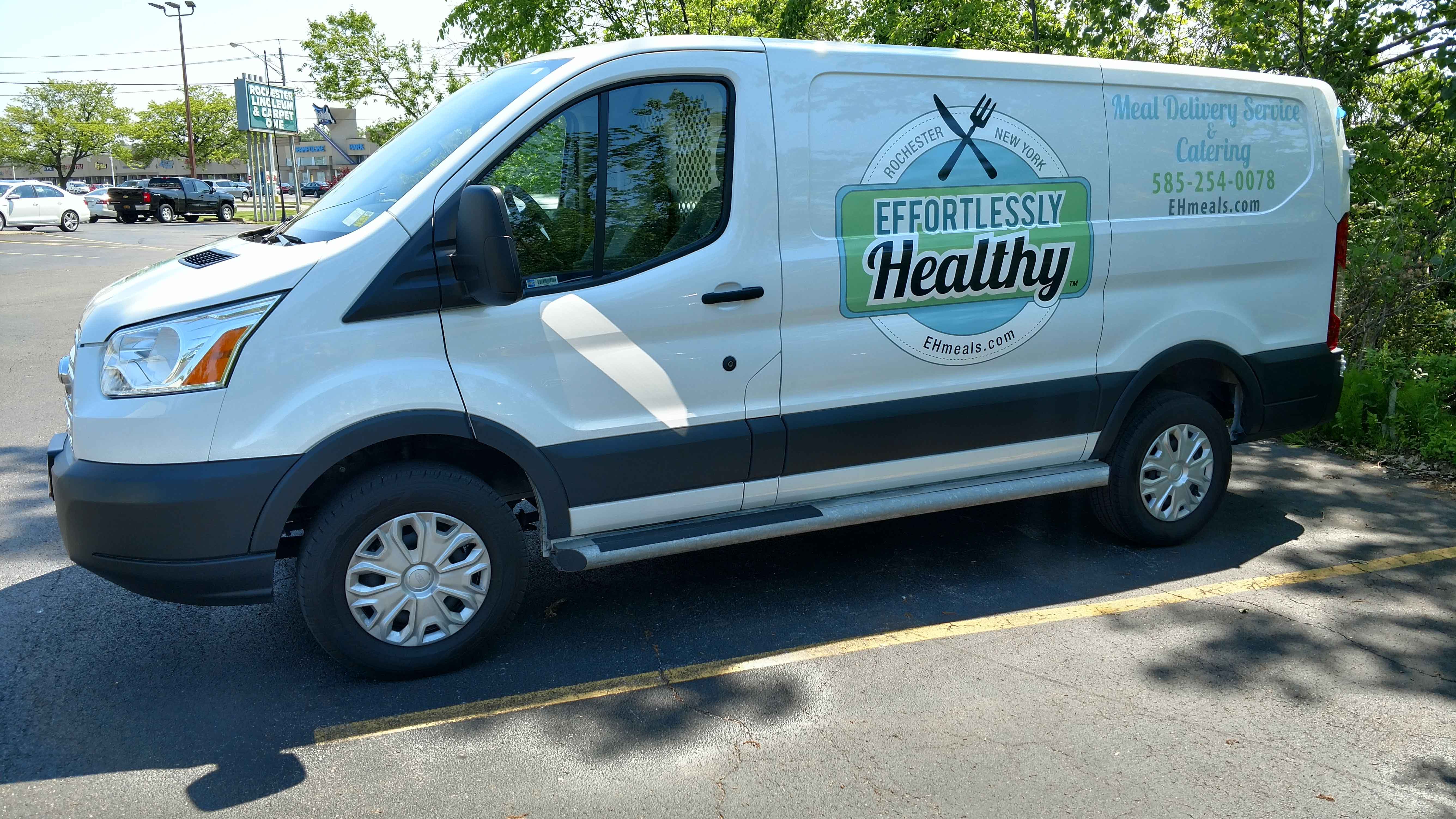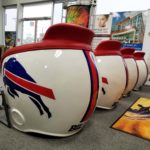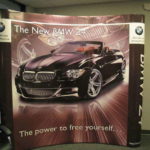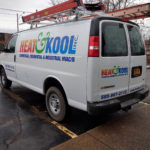
Three Problems Faced with Vehicle Wraps (And How to Avoid Them!)
OCTOBER 31, 2018| SpeedPro RochesterWhen incorrectly applied, vehicle and fleet wraps can look unappealing or be completely non-functional. And this can prove disastrous for many business owners.
Car wraps are one of the most effective types of marketing that businesses can invest in. They’re mobile billboards for your brand, providing both other motorists and pedestrians a clear view of what your brand is and the products or services you provide. In fact, nearly half of all consumers who saw an out-of-home ad, like vehicle wraps, searched for the company online within six months, according to a Nielsen study.
Here are several problems you can avoid or mitigate with expert installation:
1. Bubbling
When a vinyl wrap is applied to an individual car or a fleet of vehicles, it’s fitted to the various complex curves and recessed areas on a vehicle’s body shape. One of the most common issues vehicle and fleet owners experience is bubbling or wrinkling in the vinyl after it’s been installed.
While it’s fairly normal for there to an occasional wrinkle in a vehicle wrap, any flaws should be completely unnoticeable to potential customers in normal traffic situations or when your vehicle is parked. Bubbles and wrinkles are more prone to appear on particularly concave or rounded surfaces. A combination of the right design, vinyl and laminate, and installation technique should help you avoid this type of flaw.
2. Peeling
There are a number of ways to avoid and prevent a vehicle wrap from peeling around the edges. When you bring your car or fleet in to be wrapped, it’s important the vehicle is washed – ideally at a car wash – a few ahead hours of the installation. Similar to when you put a screen protector on a smartphone, the smallest pieces of dirt can impact how well the graphic adheres to a vehicle. SpeedPro installation technicians will give each vehicle an additional cleaning to ensure it’s as free of grit and grime as possible.
Once the wrap is installed, you should wait at least one week after the installation to wash your vehicle – however, we recommend not using automated brush-type car washes. At the same time, avoid using harsh abrasives or pressure washing equipment as these can cause edges to lift and chip. Finally, keep your vehicles covered and out of direct contact with sunlight whenever possible.
3. Design Mishaps
Although the typical vehicle wrap installation takes roughly eight hours, the design phase is the most time-consuming step in the overall process. It’s important to recognize the purpose of vehicle wraps from the very start of the project – rapidly conveying a simple, engaging message about your brand with eye-catching visuals. You don’t have the time or space to advertise every single product or service your brand offers.
A good rule of thumb to follow is this: If consumers can’t understand your message with a single glance, the car wrap won’t work. We help you avoid this issue by having our expert team of graphic designers work with you to identify your top objective and messaging. At this stage, we’re also able to ensure the copy, branding elements and images are error-free and will appear exactly as they should once applied. To that end, we take measurements of your vehicle and use photographs to plan out the design and create a template specific to your vehicle.
Vehicle wraps can help your business stand out in a crowded marketplace, turning your car, truck, van or fleet into a mobile advertisement. However, as with any modification to your vehicle, there’s an opportunity for issues to arise. But, you can avoid them by partnering with the right solutions provider.
Click here to learn more about how vehicle wraps can help you earn stronger brand recognition in your market.









